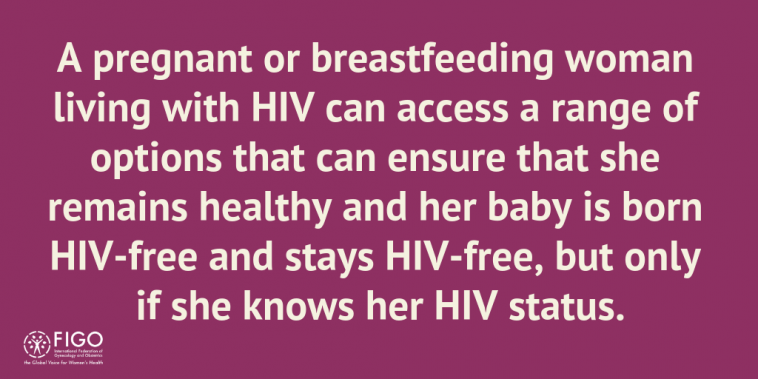Reaching more people with HIV
Integrating HIV testing within primary health care and into universal health coverage, including integrating HIV services into maternal and child health services, and services for sexually transmitted infections, viral hepatitis and cervical cancer in generalised epidemic settings is integral.

This week’s Knowledge Is Power report from UNAIDS shows that intensified HIV testing and treatment efforts are reaching more and more people living with HIV.
The earlier that someone is diagnosed as living with HIV, the earlier life-saving treatment can start. And the earlier that HIV treatment is started after infection, the better the outcome.
In 2017, three quarters of people living with HIV (75%) knew their HIV status, compared to just two thirds (67%) in 2015. Still, approximately 9.4 million people do not know that they are living with HIV.
Increased knowledge is keeping infections at an all-time low
The rapid scale-up of services to prevent mother-to-child transmission of HIV in 2010 reduced the number of new infections among children by 50% worldwide. And, an estimated 77% of pregnant or breastfeeding women living with HIV were receiving antiretroviral medicines to prevent transmission of HIV to their children in 2015, up from 50% in 2010.
In their Miles to Go report, UNAIDS highlights that the number of AIDS-related deaths has reached its lowest point this century, with fewer than one million fatalities each year. This is largely thanks to increased access to antiretroviral therapy; 21.7 million people living with HIV (59%) had access, up from 17.2 million in 2015.
Positive trends across Africa
Some of the most positive trends have been witnessed in eastern and southern Africa, which is home to more than half of the nearly 37 million people around the world living with HIV. Increases in domestic and international funding, cutting-edge research and evidence-informed programmes contributed to a 42% fall in deaths from AIDS-related illnesses in this region between 2010 and 2017, as well as a 30% drop in new HIV infections.
It’s time to scale up HIV testing
People with HIV can now live long and healthy lives with early detection and proper treatment and care. But, success today does not mean that AIDS is over. Action is needed to ensure that lives continue to be saved.
Integrating HIV testing within primary health care and into universal health coverage, including integrating HIV services into maternal and child health services, and services for sexually transmitted infections, viral hepatitis and cervical cancer in generalised epidemic settings is integral.
The earlier that someone is diagnosed as living with HIV, the earlier life-saving treatment can start. And the earlier that HIV treatment is started after infection, the better the outcome.
As health personnel, we have a responsibility to ensure that HIV testing takes place, and that it adheres to the 5 Cs: consent, confidentiality, counselling, correct test results and connection to appropriate care and services. The earlier life-saving treatment can start. And the earlier that HIV treatment is started after infection, the better the outcome for everyone.